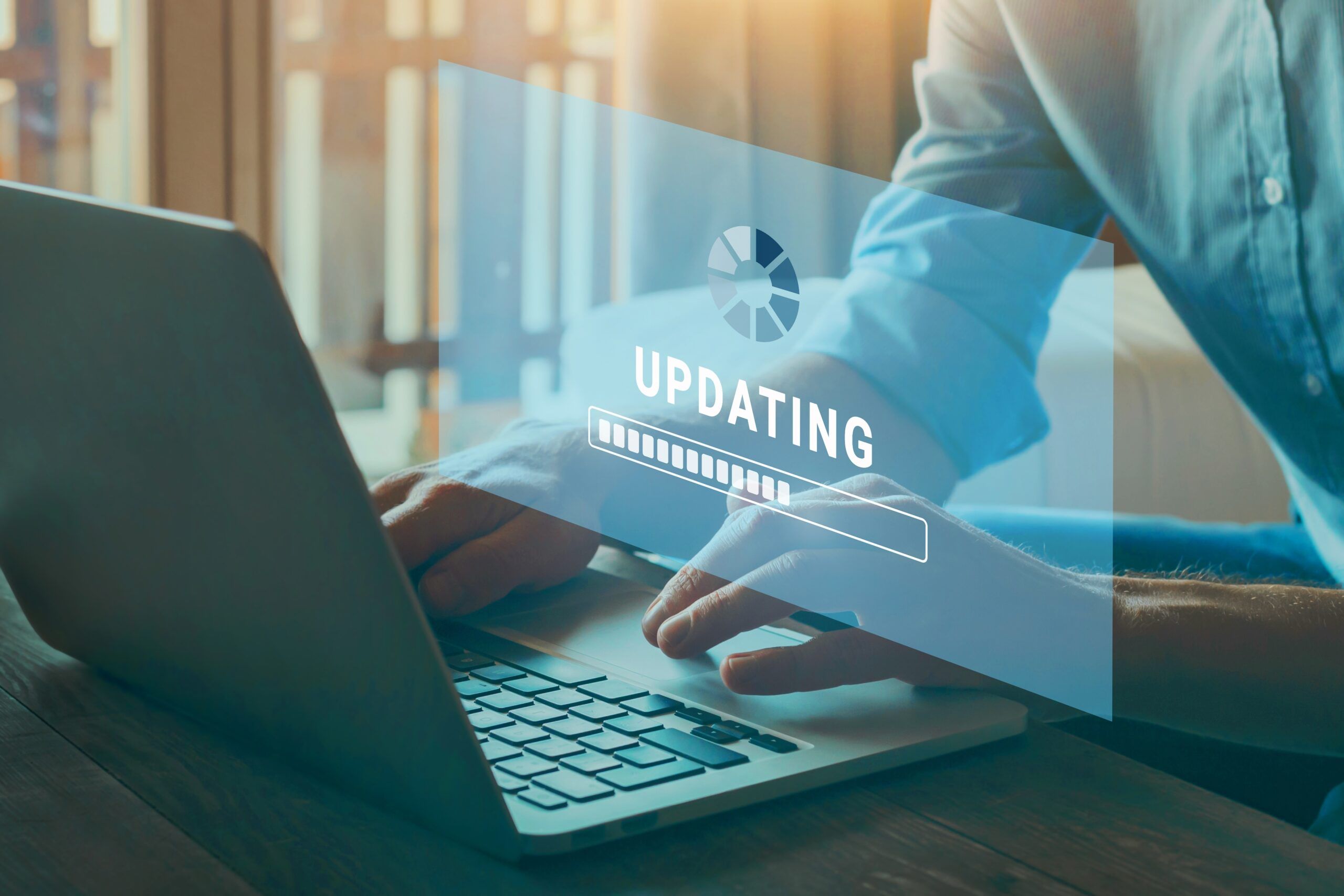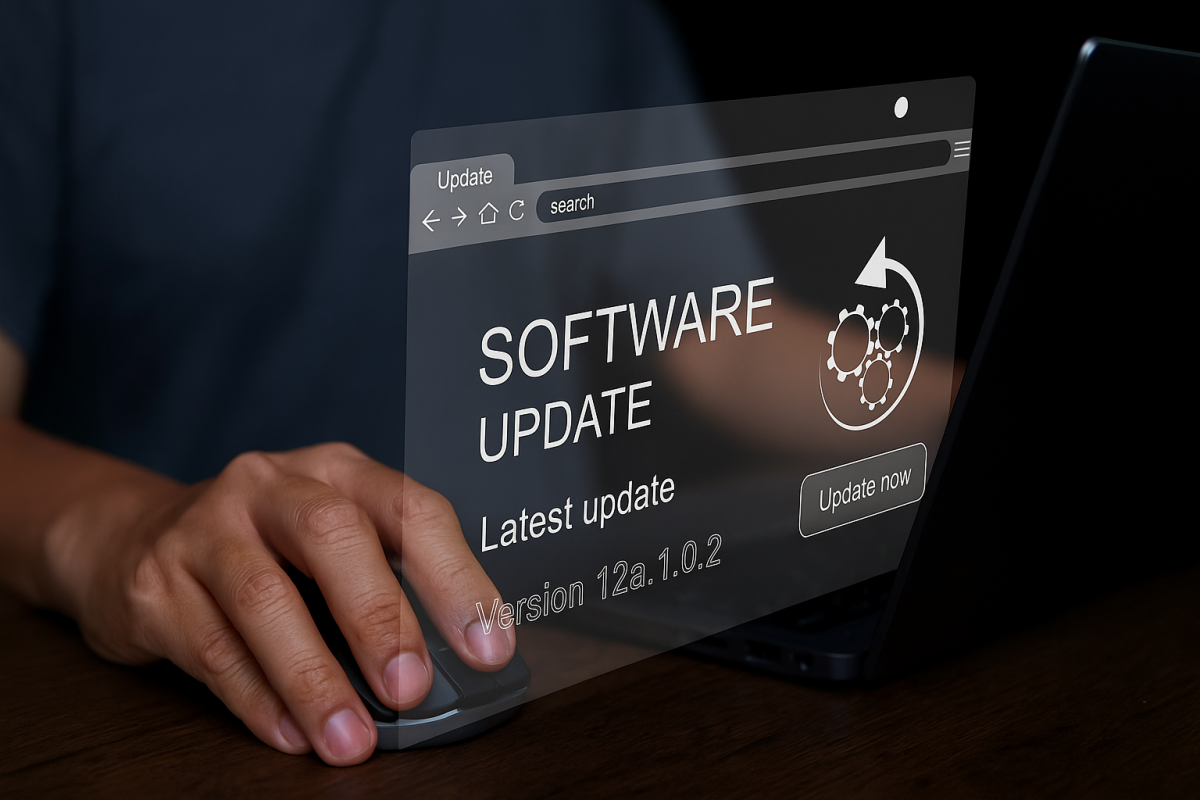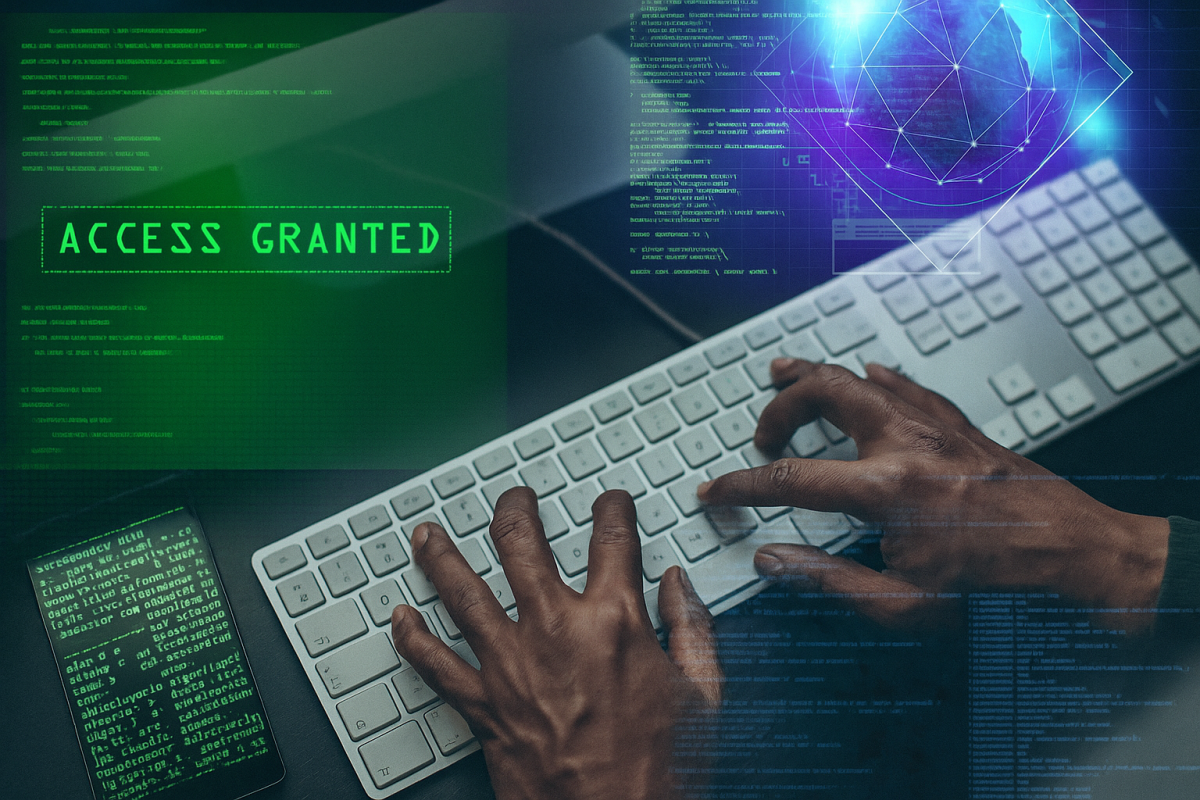

Windows 10 End of Support: A Looming Deadline for Your Business
The clock is ticking. Microsoft’s official end-of-support date for Windows 10 is October 14, 2025. This means that after October 2025, your Windows 10 computers will no longer receive security updates from Microsoft, making them vulnerable to new cyber threats. You may also find that new software won’t work, and if something goes wrong, you won’t get official help from Microsoft.
That said, this isn’t just a routine software update; it’s a pivotal moment that requires prompt action. Understanding the consequences and starting to plan now to prevent disruptions and minimize security risks is essential.
What Happens After End of Support?
After October 14, 2025, Microsoft will no longer provide security updates, bug fixes, or technical support for Windows 10. This leaves systems vulnerable to:
• Increased Security Risks: Without patches, systems become prime targets for cyberattacks. The 2017 WannaCry ransomware attack, which impacted over 160,000 users—98% of whom were running outdated Windows 7—highlights the dangers of unsupported software.
• Software Incompatibility: New software and hardware may not be compatible with an unsupported operating system.
• Compliance Issues: Many industries have regulations requiring up-to-date operating systems.
• End of SoftwareVendor Support: Many software vendors will also end support of their software on Windows 10, leaving you without updates or fixes for critical applications.
The Crucial Question: Upgrade or Replace?
The most pressing concern for many businesses revolves around whether they can simply upgrade to Windows 11 or if they’ll need to replace their hardware entirely. Unfortunately, the answer isn’t straightforward and depends on the age and specifications of your existing systems.
Windows 11 has stricter hardware requirements than its predecessor. For instance, it requires a processor with at least 1 gigahertz (GHz) or faster with two or more cores on a compatible 64-bit processor or System on a Chip (SoC), 4 GB RAM, and 64 GB or larger storage device. For those with older hardware, a simple upgrade to Windows 11 will likely be impossible. This means that your business will need to replace its PCs.
Act Now to Avoid Delays and Increased Costs
As the end-of-support deadline nears, businesses must brace for a surge in demand for new PCs and the strain this will put on global manufacturing and logistics. Component shortages have already led to increased lead times, with some businesses reporting delays of up to 12 weeks for essential hardware.
The rush to replace outdated systems could drive up prices, adding to the financial burden. Securing hardware early will not only prevent delays but also shield your business from rising costs and disruptions.
Conclusion: Being Proactive Is Key
Taking proactive steps now to address the Windows 10 end-of-support issue will save your business from costly disruptions, increased cybersecurity risks, and potential operational delays. Don’t wait for the deadline to sneak up on you—contact LeadingIT today to schedule a consultation and develop a tailored migration strategy. Time is running out—act now to secure a smooth transition before it’s too late.
LeadingIT is Chicagoland’s trusted advisor for organizations with 25-250 users, specializing in IT and cybersecurity solutions that align with your business goals. We pride ourselves on delivering the unsolvable solved. Our unlimited support model ensures that your team always has the help they need, when they need it, with no hidden costs. Plus, our unbeatable 3 sets us apart: a seamless 14-day onboarding process, a rock-solid guarantee, and no long-term contracts. At LeadingIT, our mission is to solve IT right, 100% of the time, empowering growth-minded businesses to thrive securely and efficiently.


